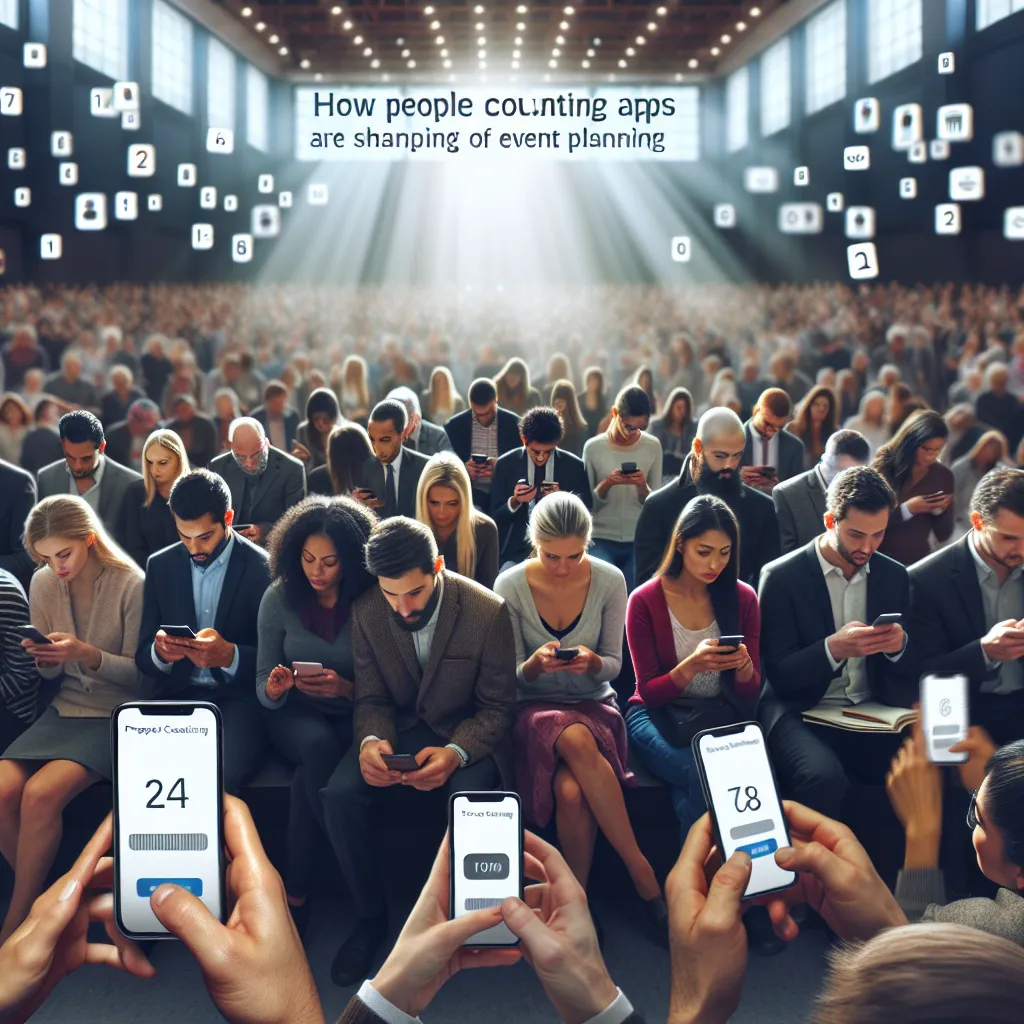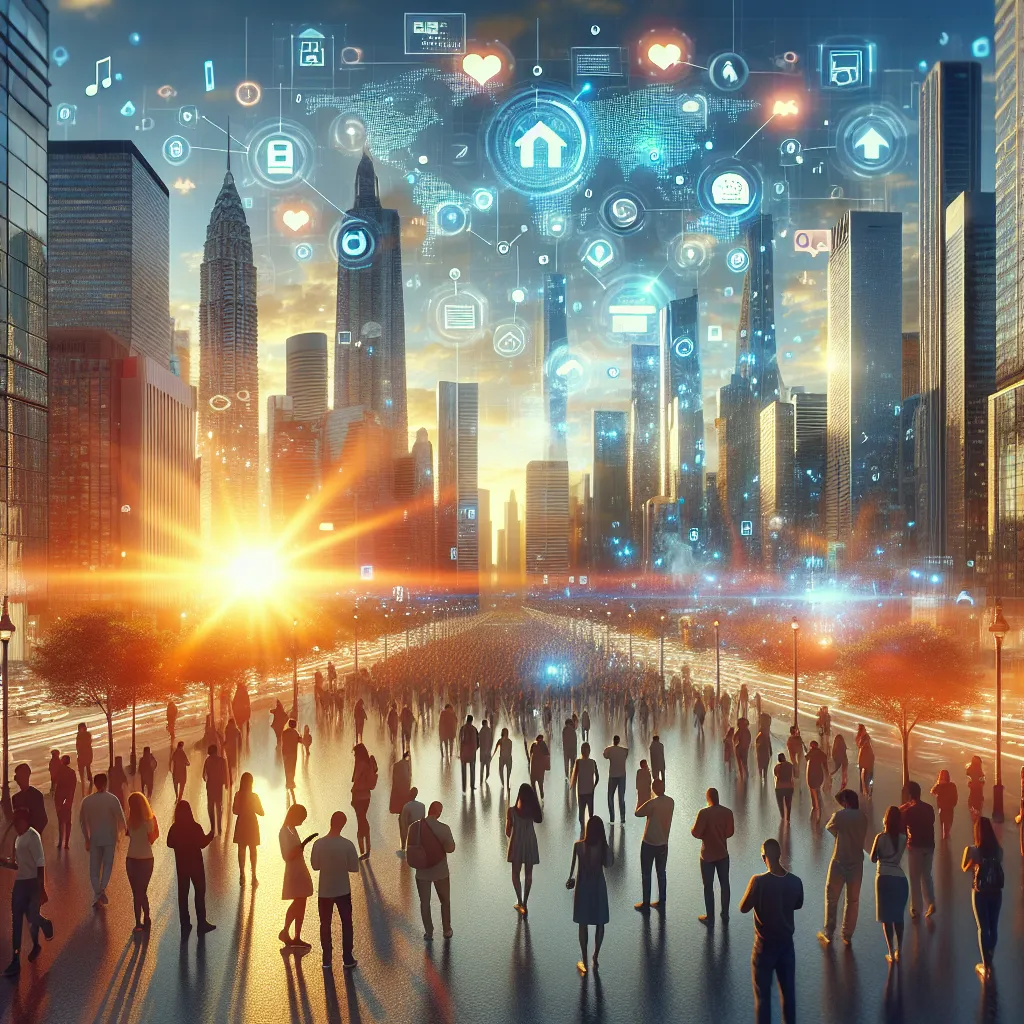The Importance of People Counting in Smart Cities
As the world rapidly urbanizes, the concept of smart cities is becoming increasingly significant. A crucial element in creating efficient and sustainable urban spaces is people counting. In this post, we will explore the role of people counting in smart cities and why it’s essential for modern urban planning.
Understanding People Counting
People counting refers to the use of technology to measure the number of people in a specific area. This can be achieved using various methods, including sensors, video surveillance, Wi-Fi tracking, and more advanced AI-driven techniques. The data collected through people counting systems is vital for making informed decisions in various sectors such as transportation, retail, public safety, and city planning.
Key Benefits of People Counting in Smart Cities
1. Optimizing Public Transportation
In smart cities, people counting data helps to optimize public transportation systems by understanding peak usage times and commuter patterns. This enables the more efficient allocation of resources such as buses and trains, reducing congestion and improving overall service quality.
2. Enhancing Public Safety
Accurate people counting can significantly enhance public safety. By monitoring crowd sizes in real-time, authorities can prevent overcrowding in public areas, manage evacuation procedures more effectively, and respond promptly to emergencies.
3. Improving City Infrastructure
People counting aids in the design and improvement of urban infrastructure. By analyzing foot traffic and movement patterns, urban planners can make data-driven decisions on where to build new roads, sidewalks, parks, and other public amenities.
4. Boosting Economic Activity
Retailers and businesses in smart cities can benefit from people counting data by understanding customer behavior. This information helps in optimizing store layouts, planning marketing strategies, and improving customer service, ultimately driving economic growth.
5. Enhancing Tourist Experience
For cities that attract tourists, leveraging people counting can improve the visitor experience. Knowing where crowds gather allows for better management of tourist hotspots, ensuring that services are adequately provided and enhancing the overall visitor experience.
Implementing People Counting Systems in Smart Cities
Selecting the Right Technology
The choice of people counting technology depends on the specific needs and constraints of the city. Options include:
- Sensor-based systems: Utilize infrared or laser sensors to count individuals.
- Video analytics: Employ cameras coupled with machine learning algorithms to analyze movement and count people.
- Wi-Fi/Bluetooth tracking: Detect signals from mobile devices to estimate the number of people.
Data Privacy and Security
Implementing people counting systems necessitates a strong focus on data privacy and security. Ensuring that the collected data is anonymous and adequately protected is paramount to gaining public trust.
Integration with Existing Systems
For a smart city to function seamlessly, people counting systems must integrate with existing urban infrastructure. This includes public transportation networks, safety systems, and data analytics platforms.
Conclusion
In conclusion, people counting plays a pivotal role in shaping the future of smart cities. By providing valuable insights into human movement and behavior, these systems enable more efficient resource allocation, improve public safety, and enhance the overall quality of urban life. As technology continues to advance, the integration of people counting will be a fundamental aspect of building smarter, more sustainable cities.
By embracing people counting, urban planners and city administrators can make data-driven decisions that promote growth, efficiency, and sustainability, ensuring that our cities are well-prepared to meet the demands of an ever-evolving world.




